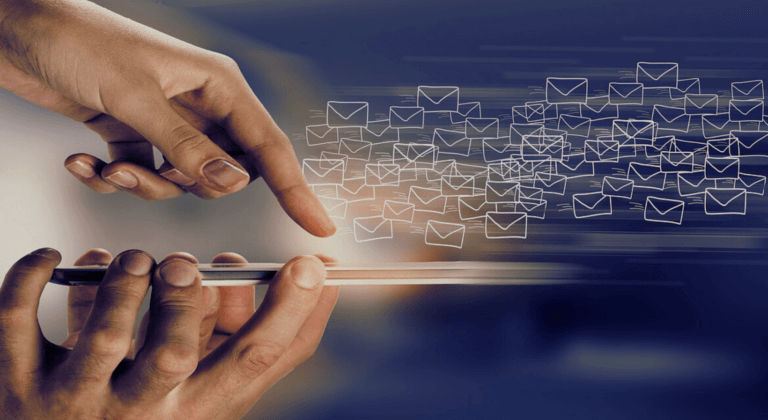When I think of all the meetings I’ve attended with organisations that are using or planning to use SharePoint as their principal document and records management system, something jumps out at me. In every one we will at some point have stated that SharePoint should not be approached as a technology project. Worryingly often, we are advised at the start of these meetings by the project teams, we are speaking with, that they will be undertaking (or have already carried out) a lift and shift of legacy content into SharePoint. Where this has already happened, we will next no doubt be hearing about the challenges they are facing with information privacy, compliance concerns or perhaps low levels of engagement or adoption across the organisation. Shadow IT may also be an issue although this may not yet be known about.
We qualify our statement about SharePoint not being a “technology gig” further by advising any clients we work with that a move to SharePoint is about information management and change management. All well and good but what actually does this mean?
We get it, a SharePoint implementation often involves a migration of content to SharePoint. Since the arrival of Microsoft Teams it has also meant more storage of documents in SharePoint that are shared in Teams. Moving content into SharePoint is a major consideration for any Microsoft customers wanting to maximise the value of their investment in Microsoft 365 licences. It needs to happen but at the right stage of the ‘journey’.
So, lets first take a step back and forget this might be considered a technology project. Before any focus gets placed on the technology, there first needs to be some careful thought about the interaction between people and information. This includes all the workers at any organisations using information (these people will become the users of Microsoft SharePoint, Teams and OneDrive). Thought also needs to be given to partner organisations and often the consumers of the products and services coming from these Microsoft customers. How are all these people using information? How should they be using it? How should it be shared? Is there a better way? The processes that people follow need to be considered. Where are the bottlenecks? The inefficiencies? The risks? What opportunities are there to improve the way information arrives at and flows through an organisation? It is only when these questions are answered that the art of the possible can start to take shape.
I remember getting my first computer in the 1990s for work and the first thing I’d always do was print a document so I could read and edit it using a pen and perhaps even apply copious strokes through the text using a highlighter. It took me some years before I learned not to print anything and to get rid of the inefficiencies and risks associated with paper. Moving from a legacy system to SharePoint is no different. Just because “that’s the way we did it before” doesn’t mean it makes sense to do it that way in the future! SharePoint is not a fileshare in the cloud but it gets treated as such when the approach is a lift and shift!
Our approach is to promote an “uncover, manage, exploit” mentality to a new EDRMS project. Speak with the business, review current ways of utilising information, identify what works, what doesn’t and refine the way it works best. Document all this using information management best practice. This means having an up-to-date information asset register, a governance framework, policy framework, creating a real-world business classification scheme to inform the information architecture. Having clear retention policies and records retention schedules. In other words, design the EDRMS independently of any technology first. Then, and only then should it be built using the chosen technology. Putting the plan into action relies upon change management. Communication is so important to the success of a SharePoint project. Let everyone know what will be happening, when and why. Make it clear this has the support at the most senior level of management and assign the roles that will be needed to complete the implementation successfully. Test the plan with a pilot project and get familiar with the limits of the technology being used. In the case of SharePoint key functionality needed for effective information governance is only available in the premium E5 licences (A5 for education establishments). Even then there are gaps that need to be understood. There are 3rd party tools that have been developed to fill these gaps and these are able to add more automation to the lifecycle of information than is possible using SharePoint’s native functionality. These tools don’t need the premium E5 licences either, so can be deployed at a much lower cost while also simplifying the user experience and reducing the management overhead for the administrators of SharePoint and Microsoft 365 generally.
In a SaaS world, the landscape will always be changing of course. Training will need to be ongoing and not only during the design and transition from old to new. Over time, new possibilities will emerge and the agile organisations out there will gain these benefits first. Without doubt, they will be the organisations that put the effort into building an effective information management platform. Where the lift and shift, technology-centric migrations were carried out, maybe these Microsoft customers will be too busy picking up the pieces to be able to harness the latest innovations like artificial intelligence, machine learning, block-chain and other exciting advances as they emerge?



